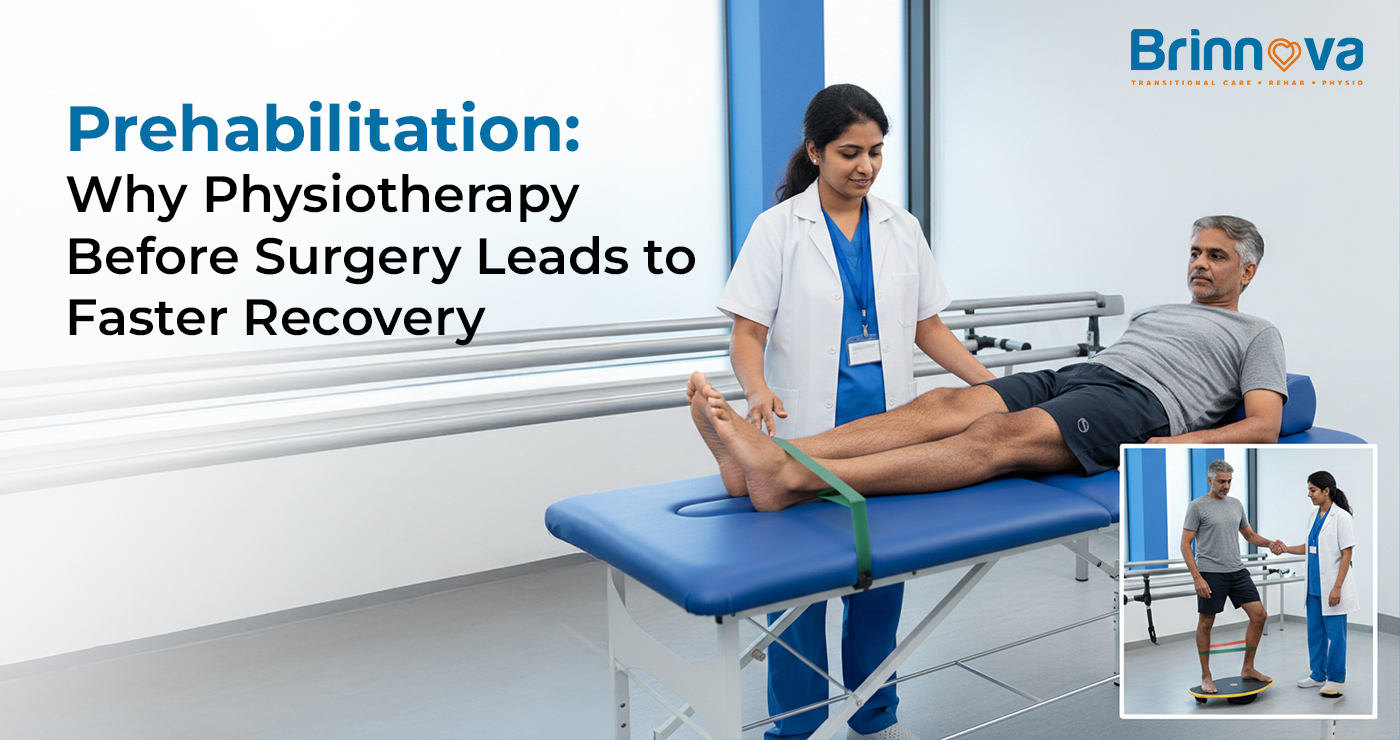Best and Worst Sleep Postures: How They Affect Your Spine Health
Picking the proper sleeping position for back pain helps a lot when you are experiencing back pain. Your perception of being alert, as well as the condition of your spine, depends on your sleeping position. A comfortable sleeping position for back pain is essential, as it may provide relaxation and joint and muscle support.
Which Sleeping Position for Back Pain Helps the Spine the Most?
To have a healthy spine, you should sleep in a way that maintains its normal shape and allows its alignment to be maintained throughout the sleeping period. You can ensure that you do not impose unwanted stress on your back and neck to prevent discomfort or pain.
Specialists say several things about the best sleeping position for spine:
- Sleeping on Your Back: Sleeping on your back is normally recommended for a healthy spine because your weight is evenly distributed. Allowing your backbone to remain in a neutral position will help reduce the chances of spinal misalignment.
- Sleeping on Your Side: When you experience back pain, it is better to sleep on your side so that you can maintain your sleeping position without back pain. It benefits particularly those having lower back pain.
- Best Sleeping Position for Lower Back Pain: When lower back pain is an issue, sleeping on your back with a pillow under your knees or sleeping on your side with a pillow between your legs are some of the positions to try.
What Problems Can Be Caused by a Wrong Sleeping Position?
The wrong sleeping position can result in the misalignment of the backbone, and it will put pressure on the nerve and make it stiff and strain the muscles. Inadequate sleep may subsequently result in pain in the lower back, neck and shoulders. Look at this list to comprehend how your spine can be influenced by some common incorrect sleeping positions:
- Sleeping on Your Stomach: This is the worst pose to sleep in as far as your spine is concerned. When you sleep on your stomach, your neck has to be turned to one side for many hours, and this could put a strain on your cervical spine.
- Sleeping With Your Neck Propped Up Too High: In case you sleep with your neck at the highest portion of the pillow, it can lead to neck misalignment and cause pain, stiffness and headaches.
- Fetal Position: Sleeping in a fetal position can put pressure on your spine, and this is not very comfortable. Decades of poor posture can subsequently result in your back becoming stiff and painful during sleep, and this will especially be the case when your mattress or pillow does not support your spine.
Does Sleeping Right Play a Part in Reducing Back Pain?
Selecting the right area to lie down helps reduce back pain. A neutral spine sleeping position will remove the stress and pain on your muscles and joints, and it will enable them to relax and recover. Some of the tips that would facilitate attaining the correct position to sleep in when experiencing back pain include the following:
- Right Pillow Use: The pillow must at all times keep the neck in its neutral position; hence, the cervical spine is not thrown under any pressure. Always avoid going to sleep with a very high pillow or a pillow that does not elevate the head well, as this can make the spine assume an unnatural position.
- Invest in a Supportive Mattress: A mattress that is neither very soft nor very hard should be bought so that the back gets support. It should give appropriate support to your backbone and neither be very firm nor too soft.
- Avoid Sleeping on your Stomach: Among the incorrect sleeping positions is sleeping on your stomach, which is worse than upright sleeping positions among people with back pain.
Is Your Sleeping Posture Associated with Problems in the Neck and Shoulders?
Absolutely. You can also be sore or feel stiff or even experience chronic pain because of sleeping in the wrong position. Your posture problems (head and spine not in line with each other) may cause the muscles and joints in your neck and upper back to be in a state of tension.
- Pillow in your Back Sleeping Position: This is the one you must use to provide support to your head and neck while you are sleeping, and this should not raise your head very high.
- Side Sleeping With an Appropriate Pillow: A side sleeper should use a pillow that is appropriate and that fills the space between the head and the surface one is resting in order to ensure that the neck is in the right position.
- Twisted Neck: When you sleep on your stomach, your neck muscles have to remain turned sideways for several hours, and this can bring your neck into trouble.
How Can You Improve Your Sleep Posture for Better Spine Health?
The best sleeping position for spine does wonders. A series of changes in your sleep habits can give you great relief from pain and total well-being.
- Supportive Mattress: It should support the spine and not be too soft nor too hard, but just right to ensure your body is in perfect alignment.
- Pillow Height Adjustment: Keep the level of the pillow high to fill the gap between your neck and the mattress when you lie on your side.
- Stretch Before Bed: Gentle stretching exercises before bedtime will relax your muscles and give your body a signal to ease into sleep.
Brinnova: Professional Back-Pain Relief
Changing your sleep position for back pain is among the first steps toward managing your discomfort, but it truly becomes so much more crucial if you identify a specific spinal problem. If you are still suffering from back or neck pain, getting professional help now becomes imperative.
We, at Brinnova Care, understand how much spinal health plays into one's overall well-being. Our team strives to assist you in finding the best solution for your back sometime whether it be positional sleeping adjustments or rehabilitation-based interventions.




